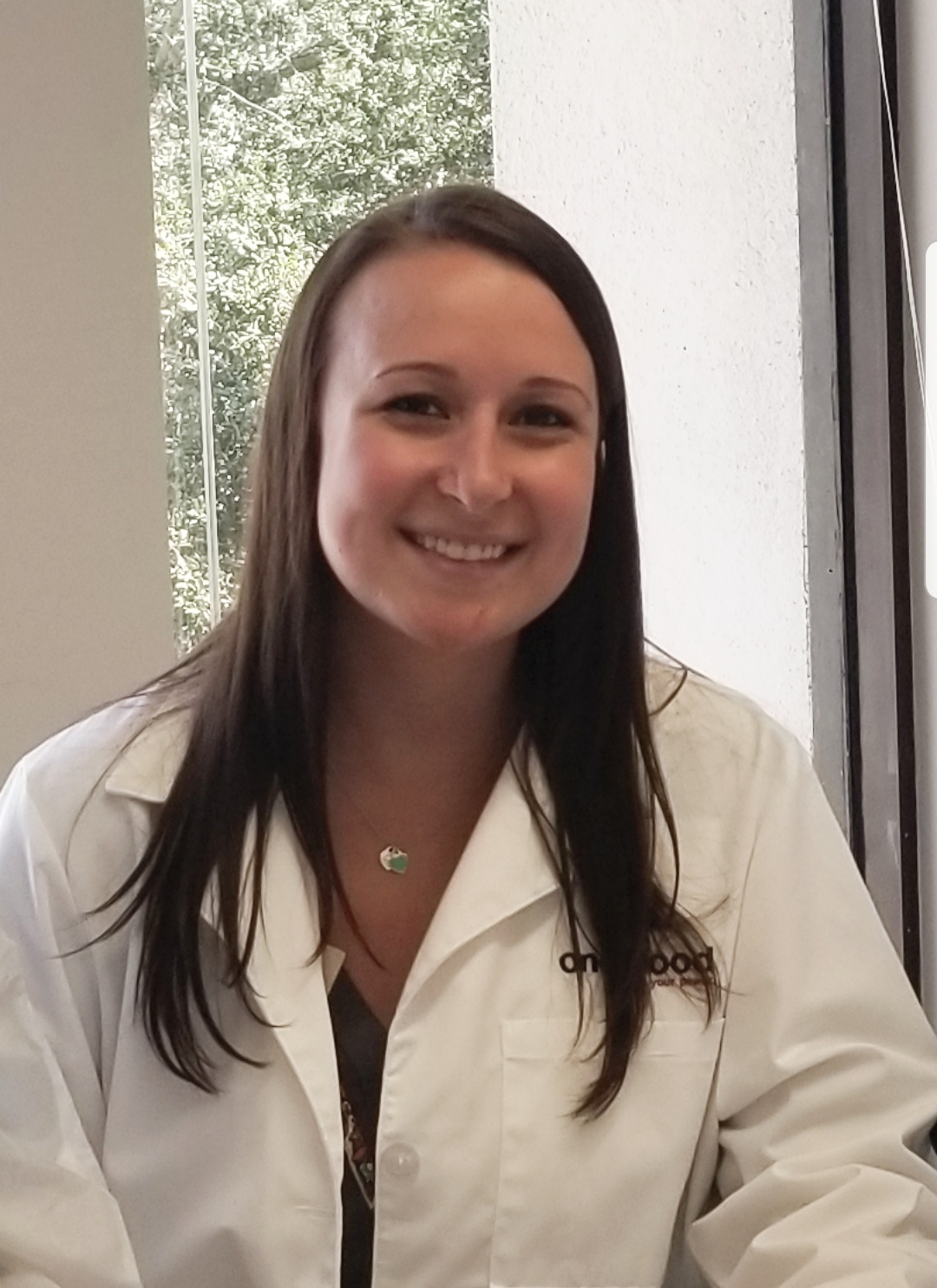Oral Abstract
Immunohematology and Genetic Testing (red cells/leukocytes and platelets) - Molecular Diagnostics and Testing
Oral Abstract Session - Novel RHD Variants and Approaches to Overcoming Them
#OA4-AM25-MN-36 - Growing a RH Variant Donor Database to Meet the Demands for RH Allele-Matched Requests
Monday, October 27, 2025
5:00 PM - 6:00 PM PT
Room: SDCC 30CDE
Presenting Author(s)
Background/Case Studies: The increasing use of commercial genotyping assays targeting the RHCE gene in patient testing has led to more frequent requests for RH allele-matched red blood cell (RBC) units. This is improving our understanding of why patients may not respond adequately to conventional antigen negative RBC transfusions. We now are understanding that variant RH antigens can elicit alloimmunization. The immunohematology reference laboratory (IRL) uses an algorithm based on a commercial genotyping assay to identify potential donors with rare RHCE alleles. These potential donors are subsequently confirmed using a commercial RHCE genotyping assay. However, testing volume is limited due to the high cost associated with the commercial assay. As requests for RH allele-matched units become more frequent, donor shortages present a significant nationwide challenge to meeting patient needs. Innovative alternatives to identify donors with variant RH alleles are needed to keep up with the growing demand.
Study
Design/Methods: To address this limitation, the IRL implemented a Laboratory Developed Test (LDT) in 2024, which interrogated the following single nucleotide polymorphisms (SNPs): RHCE*ce733C >G, RHCE*ce712A >G, and RHCE*ce48G >C. This test uses gel electrophoresis of the post-PCR products to screen donors. Based on the LDT results, selected donors were reflexed to commercial RHCE and in some cases, RHD genotyping assay for confirmation. Data collected from January 2024 through March 2025 were analyzed to evaluate the impact of the LDT on RH variant donor identification and the ability to meet RH allele-matched blood requests.
Results/Findings: Before LDT GEL implementation – 87 donors were identified and included in the RH variant database. Following implementation – 489 donors have been identified and included in the IRL's RH variant database. Between January 2024 and March 2025, 119 units were sent to fulfill American Rare Donor Program (ARDP) RH allele-matched requests, and 27 units were transfused internally. In comparison to the previous year’s units provided, totaling 83 units to fulfill ARDP requests and only 1 unit transfused internally.
Conclusions: Building the donor database to increase product availability for rare RH Allele requests was achieved by the LDT screening assay. An increase in donors identified was approximately 80% with implementation of the LDT and an increase of approximately 48% of units provided. This demonstrates the effectiveness of the implementation of the LDT in expanding the donor database, enhancing the IRL’s ability to fulfill both internal and external difficult RH allele-match requests. The success of the LDT thereby supports the blood center to advocate towards the usage of these specialty matched RBCs as donor availability continues to expand.
Study
Design/Methods: To address this limitation, the IRL implemented a Laboratory Developed Test (LDT) in 2024, which interrogated the following single nucleotide polymorphisms (SNPs): RHCE*ce733C >G, RHCE*ce712A >G, and RHCE*ce48G >C. This test uses gel electrophoresis of the post-PCR products to screen donors. Based on the LDT results, selected donors were reflexed to commercial RHCE and in some cases, RHD genotyping assay for confirmation. Data collected from January 2024 through March 2025 were analyzed to evaluate the impact of the LDT on RH variant donor identification and the ability to meet RH allele-matched blood requests.
Results/Findings: Before LDT GEL implementation – 87 donors were identified and included in the RH variant database. Following implementation – 489 donors have been identified and included in the IRL's RH variant database. Between January 2024 and March 2025, 119 units were sent to fulfill American Rare Donor Program (ARDP) RH allele-matched requests, and 27 units were transfused internally. In comparison to the previous year’s units provided, totaling 83 units to fulfill ARDP requests and only 1 unit transfused internally.
Conclusions: Building the donor database to increase product availability for rare RH Allele requests was achieved by the LDT screening assay. An increase in donors identified was approximately 80% with implementation of the LDT and an increase of approximately 48% of units provided. This demonstrates the effectiveness of the implementation of the LDT in expanding the donor database, enhancing the IRL’s ability to fulfill both internal and external difficult RH allele-match requests. The success of the LDT thereby supports the blood center to advocate towards the usage of these specialty matched RBCs as donor availability continues to expand.


